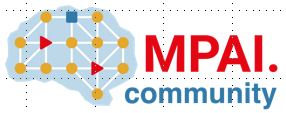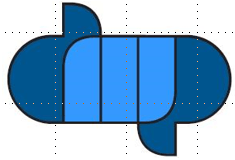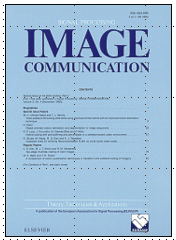Can you “clone” MPEG?
Introduction The publication of A vision made real – Past, present and future of MPEG has triggered many reactions coming from people in other industries. They are facing the same problem that MPEG started facing 31 years ago when it wanted to create digital media standards that were industry-agnostic and with a global scope. My answer to this people has been that, indeed, the MPEG model can be exported to other domains where industries with different backgrounds, technologies, stakes and…
















